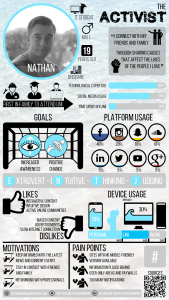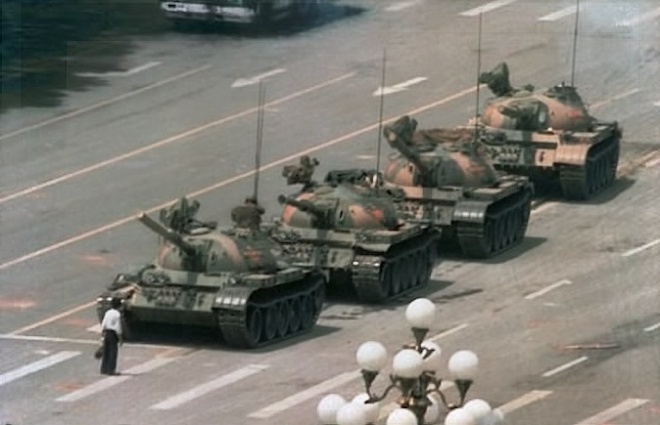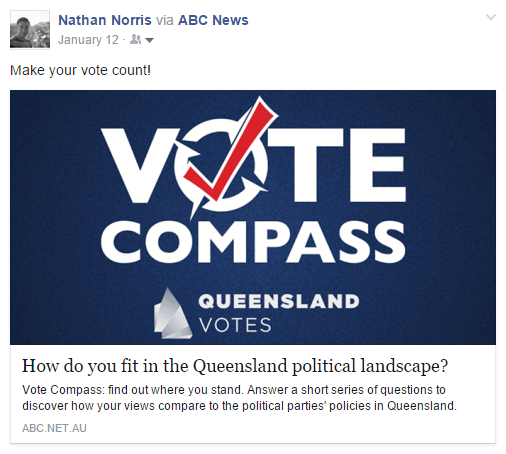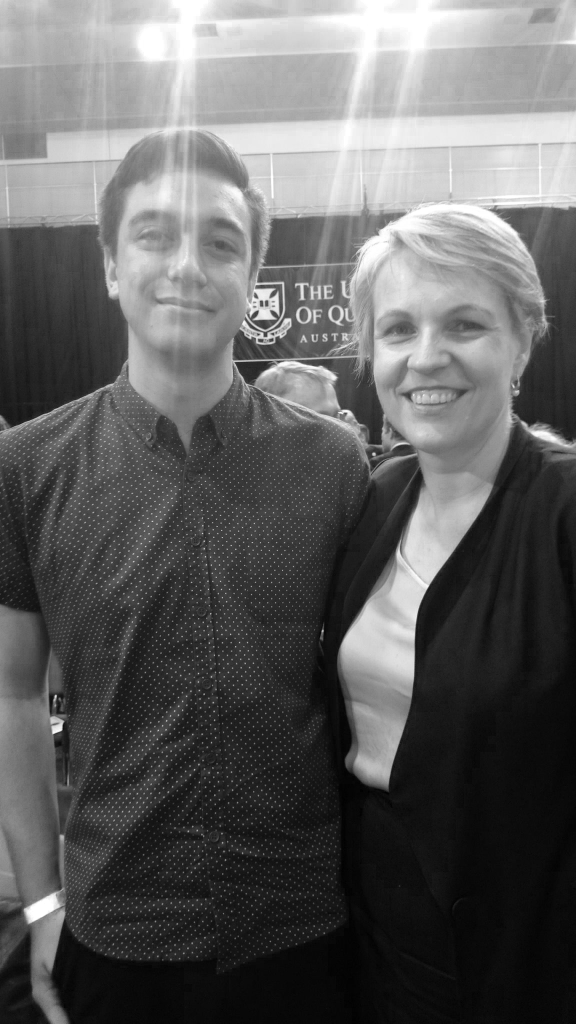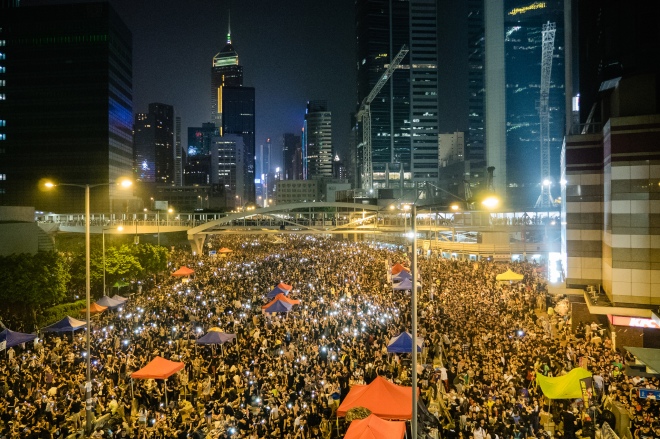Now in my third year of my degree, it’s time again to put this semester behind me. But not before I reflect on my achievements and failures throughout the IAB260 Social Technologies unit.
My initial expectations
I’ve been trying to make my way through my degree without taking too many Computer Science units, only because I’m a terrible programmer! When I first saw this unit advertised, I thought it would be a great chance to use my own experiences towards completing my degree. I first started using Facebook in 2009 and have been slowly adopting different social media platforms since. I honestly had no idea what to expect from the learning content of this unit. At the start of this semester I didn’t appreciate how much social technologies contribute to the society that we want to create. I only appreciated it for the value that it added for me – keeping up-to-date with my network, the convenience of messaging friends and the ability to coordinate events.
Before this semester started, our unit coordinator Kate Davis asked us to introduce ourselves in our Google+ community and explain why we took the unit and what we hope to get out of it. This is what I had to say thirteen weeks ago:
I took this unit because I’m interested in how social media can empower and rally support for movements such as the recent Umbrella Revolution in Hong Kong.
Much to my surprise, I actually got the chance to explore this as a part of the learning content in the unit. Looking back. the reality far exceeded my expectations for this unit as we covered a range of topics that I’ll get into later in this post.
Wait… there’s no lectures?!
Blogging, Google+ communities, no Blackboard and no lectures – it was definitely a radical change in teaching styles and something that I have never experienced before. However, connected learning proved itself to be really engaging and enjoyable! While I wasn’t as active in the Google+ community as I hoped, it did provide a great environment to share ideas and seek advice from my peers.
I’m glad the teaching team adopted the ‘learning through assessment’ ethos for the unit. It’s certainly a lot easier knowing that the unit content directly relates to an assessment item. In other units, I’ve found myself trying to extract the key learning from each lecture and disregard anything I deem to be irrelevant. But with IAB260, it was more enjoyable going through the weekly learning on the unit site exploring all of the content at my own pace.
This unit also introduced me to blogging, I always read them but never created any blog posts until the start of the year. While I won’t assessment which mandates me to keep blogging, I think I will anyway. I’m not too sure what I’ll post about yet, but it does give me the chance to add my voice to the global online conversation!
For the first time in years, I really enjoyed completing the assessment items. We had the freedom to be as creative and critical as we wanted to be. I especially enjoyed developing my own persona, it gave me a chance to reflect on my own values and express it in a form I enjoyed creating:
What do I take away from all of this?
The first blog post I made was on ‘My Online Identity Crisis‘ where I explored my thoughts on how I am represented online. I further dissected this in my Identity Map, when I had a greater understanding of my online presence:
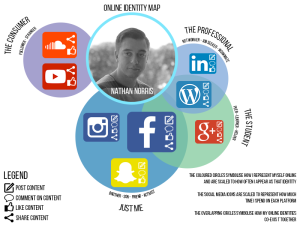
But what I’m really going to take away from this unit is a better understanding of my online-self and how to harness the power of social technologies. While I do have a changing presence across different platforms, I don’t have a cohesive voice. I’m quite opinionated and I want to share my voice to an audience that will listen and this unit has helped me understand how to extend my reach.
What could I have done better?
Studying is a balancing act and sometimes I don’t give my study the attention it deserves. I was only engaging with this unit on a part-time basis, on the weeks when I had to complete an activity. I didn’t quite explore the rest of the unit content because I never took the time to read many of my peers’ blog posts. Having a greater understanding of the unit content would make me feel more confident in achieving the learning outcomes of the unit:
- Apply analytical and critical thinking skills to understand the way people experience social technologies, including how people construct personal and professional online identities
- Assess and critically reflect on social technologies and their applications
- Demonstrate broad knowledge of issues and topics related to social technologies and deep knowledge of one or more specific topics
- Apply verbal, written and visual communication skills that effectively convey information in social media contexts
In saying this though, this is one of the most enjoyable units I have taken as a part of my degree. Cheers to the teaching team for their dedication to delivering a quality unit – it’s much appreciated by all of us! I will take what I’ve learned in this unit and apply in my future studies and professional career 🙂
